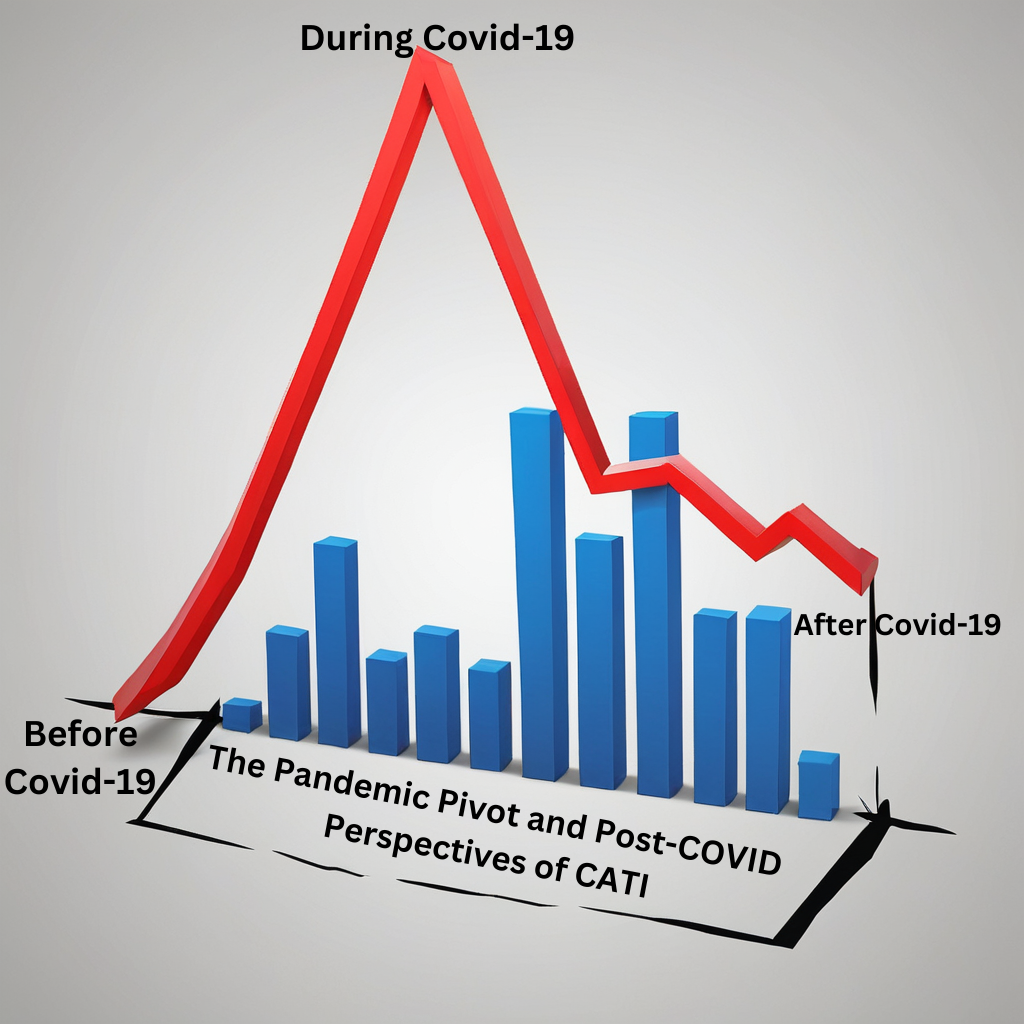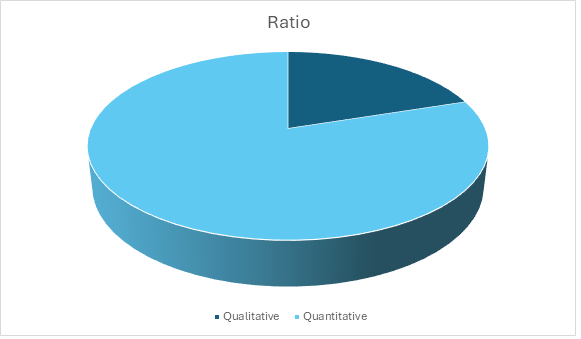In the dynamic landscape of market research, staying ahead requires more than just keeping pace, it demands innovation. As the digital era unfolds, the integration of automation has emerged as a transformative force, revolutionizing the way market research companies operate. Let's hunt into the kingdom of market research automation, exploring its significance and the tangible benefits it brings to companies.
Market Research Automation refers to the utilization of technology-driven processes to streamline and optimize various aspects of market research. These processes include data collection, analysis, reporting, and decision-making, among others. By harnessing automation tools and techniques, companies can expedite workflows, enhance accuracy, and unlock valuable insights with greater efficiency.
Empowering Market Research Companies
Automation empowers market research companies in several ways:
Efficiency Boost: Automation reduces manual intervention in repetitive tasks, such as data entry and processing. This allows researchers to focus their time and expertise on high-value activities, such as interpreting data and deriving actionable insights.
Speed and Scalability: With automation, market research processes can be executed at a significantly faster pace, enabling quicker turnaround times for clients. Moreover, automation facilitates scalability, allowing companies to handle larger volumes of data and projects without compromising quality.
Enhanced Accuracy: By minimizing human error, automation ensures the accuracy and reliability of research findings. Advanced algorithms and machine learning models can analyze vast datasets with precision, leading to more informed decision-making.
Customization and Personalization: Automation enables market research companies to adpat their approaches to meet the unique needs of clients. Through automated segmentation and targeting, researchers can deliver personalized insights that resonate with specific audiences, driving greater engagement and value.
Examples of Market Research Automation in Action
Nielsen IQ leverages automation to collect and analyse consumer data from various sources, including online surveys, social media, and retail transactions. By automating data integration and analysis, Nielsen IQ provides clients with real-time insights into market trends and consumer behaviour. More Info
GfK harnesses automation to optimize its data collection and reporting capabilities, spanning consumer research, market tracking, and competitive analysis. By automating data visualization and storytelling, GfK transforms complex datasets into actionable insights that drive strategic growth. More Info
Ipsos integrates automation into its research methodologies to enhance efficiency and accuracy across its global operations. Through automated sampling and predictive analytics, Ipsos delivers comprehensive insights into market dynamics and consumer preferences, empowering clients to stay ahead of the competition. More Info
Some of the commonly used tools are :
IBM Watson: Offers AI-powered solutions for data analytics, natural language processing (NLP), and sentiment analysis.
Amazon AI Services: Provides AI-powered services such as Amazon Recognition for image analysis, Amazon Comprehend for text analysis, and Amazon Lex for building conversational interfaces.
SurveyMonkey: Incorporates AI features for survey analysis, data visualization, and reporting, making it easier to derive insights from survey data.
BI StreakEye: An AI-powered market research platform that offers several features to assist businesses in gathering insights with features like- single script(online/offline survey), real-time quota, crosstabs, data tables, centralised accompaniment from dashboard (Live streaming).
Tableau: Integrates AI-driven analytics features for data visualization, exploratory data analysis, and interactive dashboards, enabling better data-driven decision-making.
These tools leverage AI and machine learning techniques to automate tasks, analyze data, and derive valuable insights, thereby enhancing the efficiency and effectiveness of market research processes.
Conclusion
In the competitive landscape of market research, automation serves as a catalyst for innovation and growth. By embracing automation, companies like NielsenIQ, Kantar, GfK, and Ipsos are revolutionizing the way they conduct research, enabling faster, more accurate, and more personalized insights for their clients. As technology continues to evolve, the integration of automation will undoubtedly play a pivotal role in shaping the future of market research, driving greater efficiency, effectiveness, and value for businesses worldwide.




